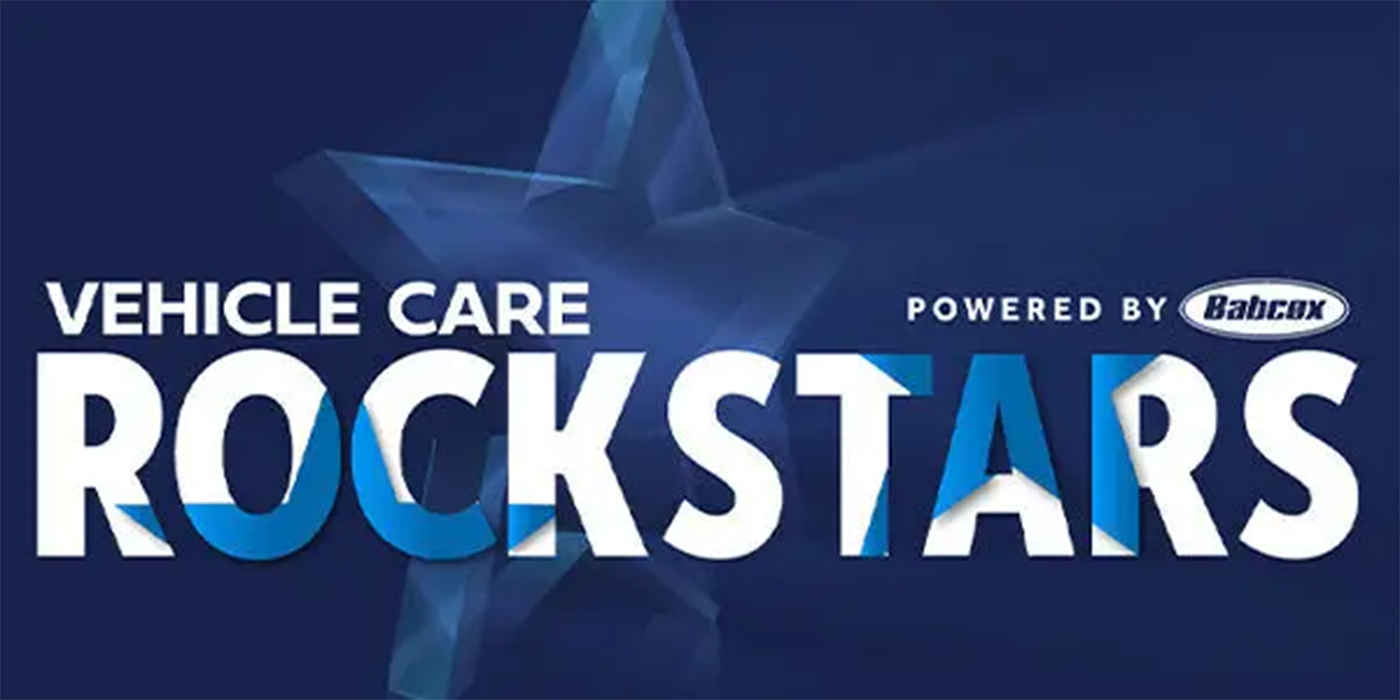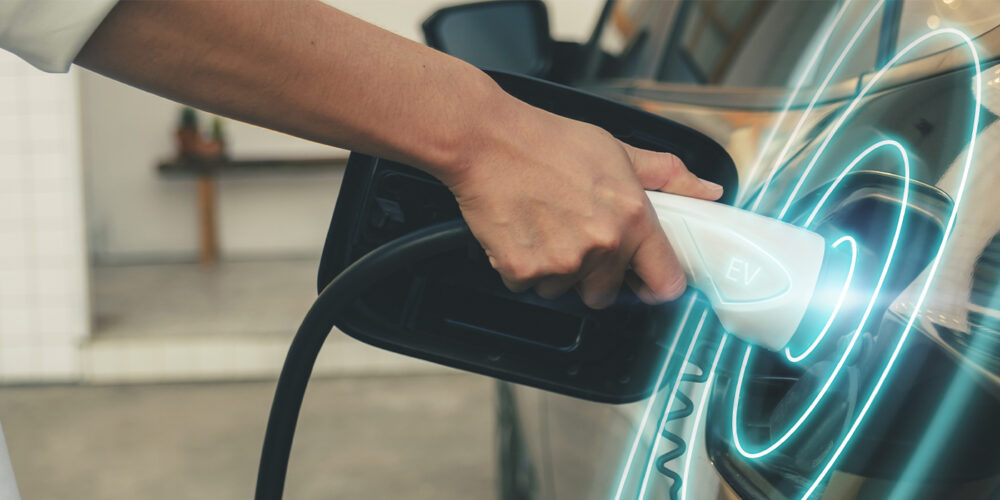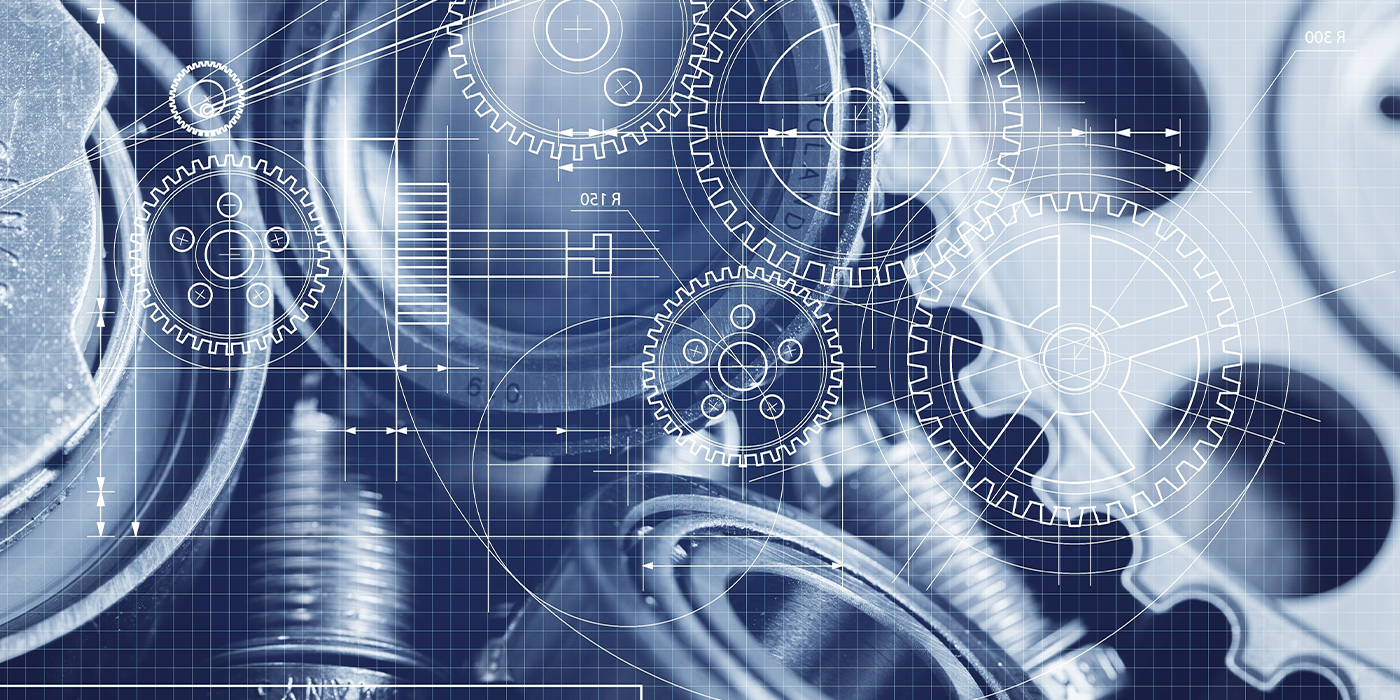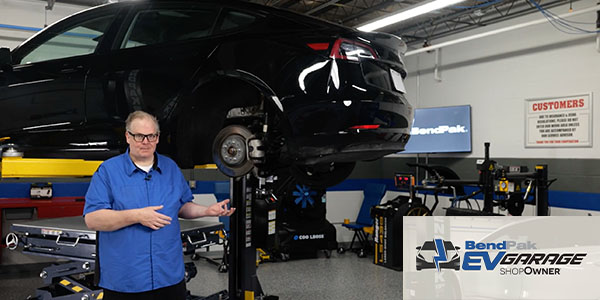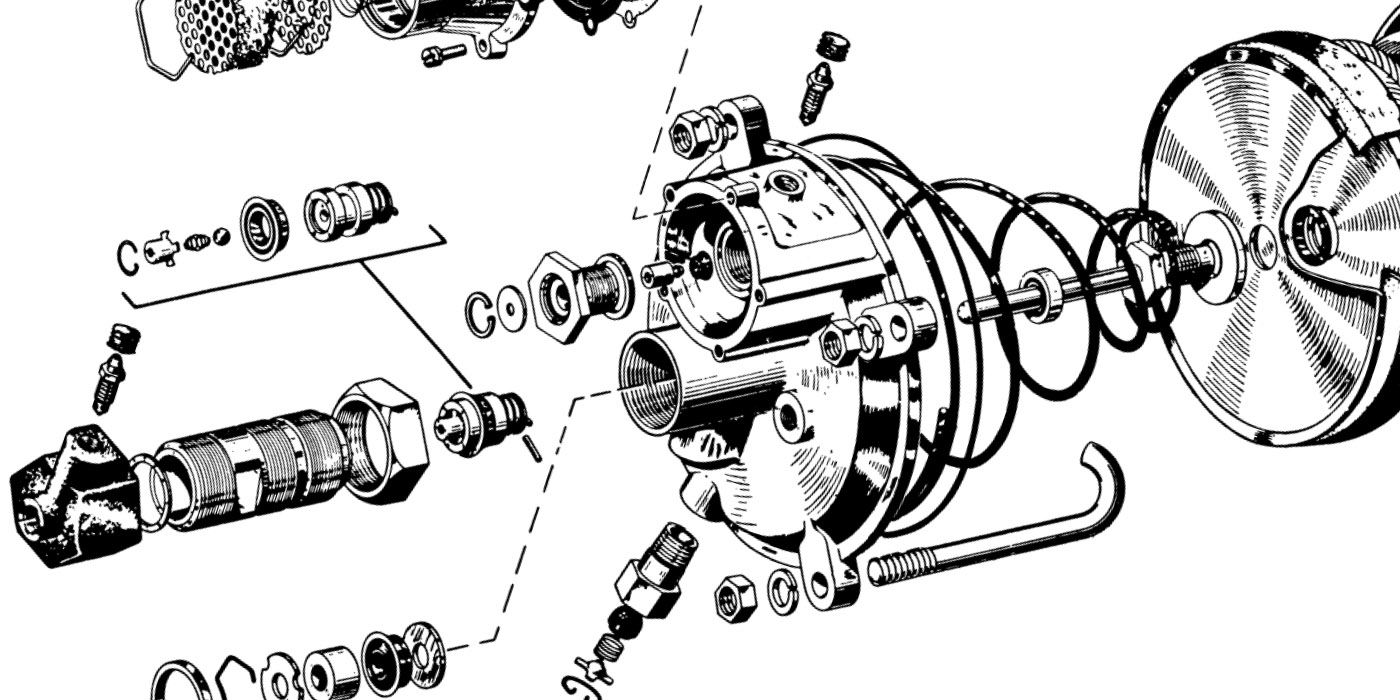
There has been a lot of talk about automatic emergency braking systems (AEB). Starting September 1, 2022, these systems will be mandatory for cars and trucks under 8,000 lbs. The National Highway Traffic Safety Administration (NHTSA) estimates that AEB will prevent 28,000 crashes and 12,000 injuries by 2025. This is great for the new car buyer, but what about the car owner who needs to maintain the vehicle five or 10 years from now?
As sophisticated as AEB, ABS and ESC systems can be, they still require 60-year-old disc brake technology to work. This technology works great when the car rolls off the production line. But in the field, when the car is on its second or third pad slap with bargain parts, it is unclear how the AEB will perform.
Brake Failure
Brake failure is easy to spot with the naked eye in the form of leaking brake fluid, glazed brake pads and a pedal that goes to the floor. What is difficult to identify by a technician, driver or crash investigator is a brake system that is compromised due to mechanical problems or low-quality parts.
Mechanical problems like worn friction material, seized guide pins or rotors below specifications won’t cause the vehicle to stop working and a driver might be able to nurse the brakes along until their next paycheck. But, during that one moment where they need the brakes to perform during a human or autonomous panic stop, it may take longer to brake. Even if the vehicle has ABS and AEB, the systems can’t compensate for bad brakes.
When a crash occurs, compromised brakes are hardly ever investigated. The condition of the brakes (outside of the parts being there) and the hydraulic system having integrity is never taken into account. Ninety-nine percent of the time a crash is usually chalked up to driver’s error if the vehicle slams into the back of another car.
But what about the AEB system? No AEB system can diagnose the condition of the pads, rotors and calipers.
It is difficult to test caliper clamping force, friction levels and even the operation of the ABS system on a vehicle. Even finding baselines distances for a vehicle of the result from a government test is impossible.
Driver error is easy to prove. It has always been a driver’s responsibility to operate their vehicle safely. This includes knowing how their brakes will perform and how much pressure should be applied to bring the car to a safe stop. In most traffic courts, it is the driver who is accountable, not the vehicle. This is kind of scary to technicians because most drivers have no idea how their brakes work much less an AEB system.
A distracted driver can add seconds to reaction times and feet to stopping distances. Even if the driver is not distracted or is automatic, if the brakes are not functioning as engineered, a crash can occur. But who is to blame? The car? The driver? AEB systems? Or the pads you just installed?
AEB can save lives, but we are already starting to see its weaknesses when the system is serviced in the field. We have seen cases where bumper covers that are too thick or thin and windshields with the wrong coatings. When the first fatal AEB crash happens to a vehicle with 125,000 miles it will make the Tesla problems look small by comparison.




